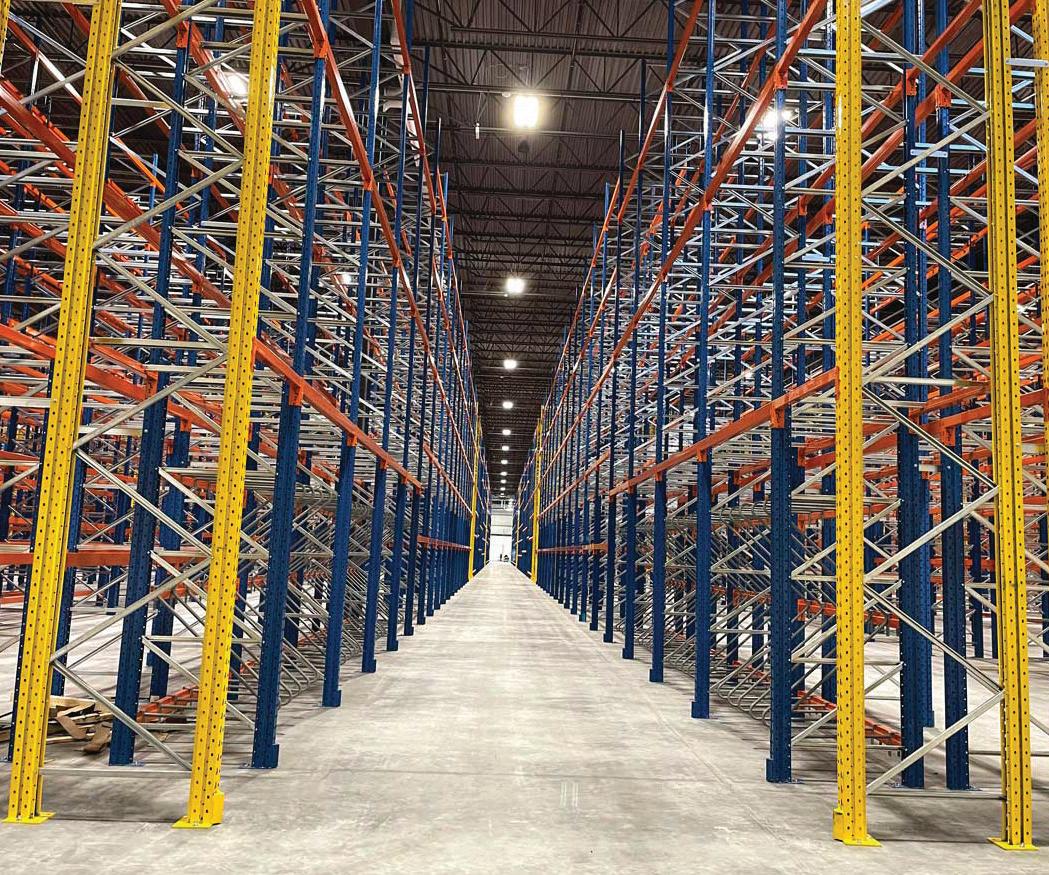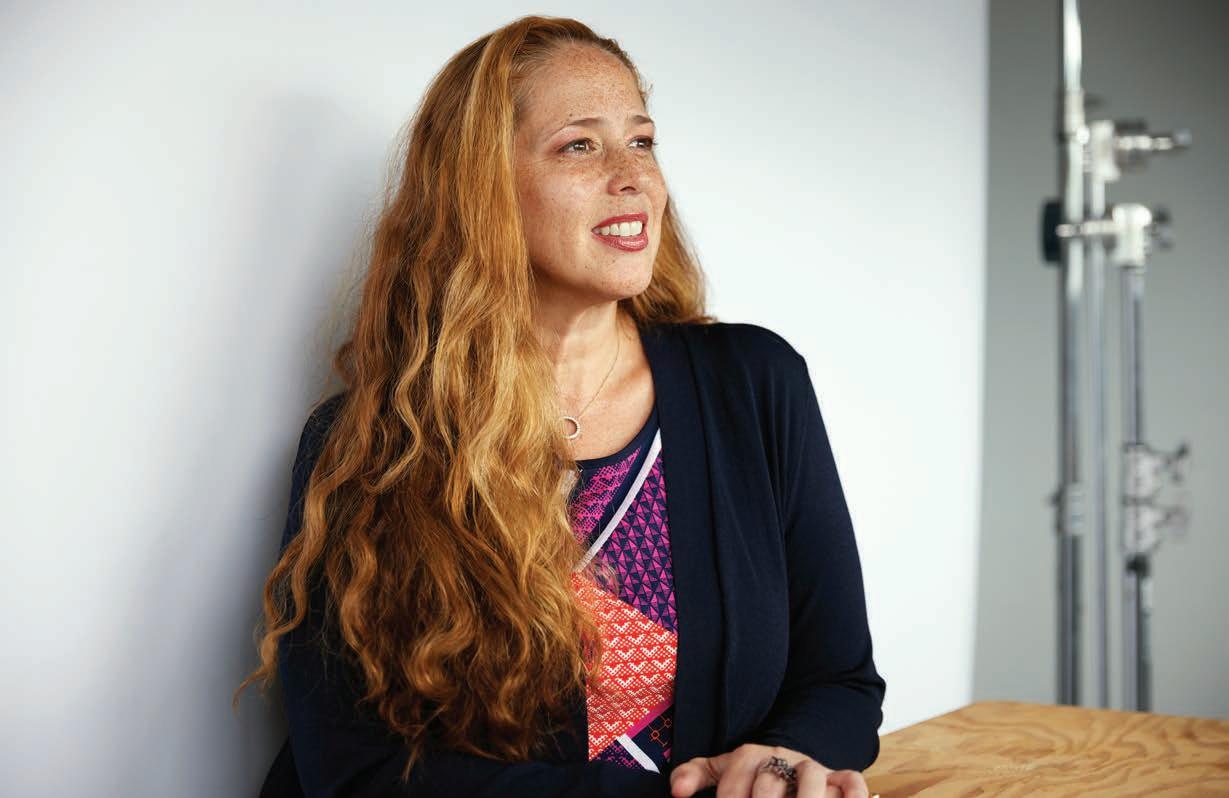
4 minute read
GREEN PURCHASING
BY JEFF RUSSELL
SUSTAINABLE PURCHASING
REDUCING WASTE IN THE SUPPLY CHAIN
We hear much about climate change and that we must protect the environment. Yet doing so is challenging if we don’t know the differences between today’s economic processes, the traditional linear economy, and the future circular economy. How do we procure products in a circular economy and what are the benefits of this new sustainable purchasing process?
Historically, our economy has followed a linear process – from sourcing to manufacturing, products are purchased, consumed, then discarded. Sometimes, a product is refurbished and reprocessed, but from concept design to market, the environmental impact is not a factor.
The traditional product lifecycle model doesn’t consider communities or the environment. This lifecycle has four stages: development, growth, maturity, and decline. During development, a company develops the product concept, conducting market analysis and launching the product. Purchasing involves sourcing partners, negotiating long-term pricing contracts, and establishing inventory levels. At the growth stage, sales increase and margins and profits grow. There are economies of scale in production and purchasing enters the tactical phase of buying materials to support production.
In the maturity stage, the product is in the marketplace and the goal is to maintain market position and profit margins. Purchasing’s role is to find alternative suppliers to help maintain competitiveness. Lastly, in the decline phase, the product is losing market share to other products. Purchasing now supports the aftermarket with limited sources and higher costs.
New purchasing concepts are changing how products are developed, introduced, and procured. Let’s explore how these concepts relate to purchasing and the environment.
At a high-level, sustainable purchasing integrates into the purchasing process with environmental protection as a factor. It ensures compliance with environmental laws and targets, removes hazardous materials and waste from the supply chain, and ensures suppliers have fair labour practices. Sustainable procurement incorporates a three-dimensional lifecycle, known as the three pillars of sustainable procurement, as opposed to the one-dimensional traditional economic approach. The three pillars are: economics (profits), social (people) and the environment (planet). Companies can incorporate them into a corporate social responsibility agenda.
When developing commodity strategies and reviewing your purchasing processes, consider these three pillars. Purchasing involves paperwork, so talk with suppliers about paperless transactions and pay-upon-receipt receiving processes. There is a push to evaluate plastics and Styrofoam in packaging – discuss this with suppliers. Re-evaluate sourcing strategies to determine location and distance travelled to reduce CO2 emissions and use more local suppliers. Consider biodiesel for delivery trucks to help reduce CO2 emissions. If you source overseas, ensure downstream partners don’t have child labour in product pro-
duction. Lastly, in the product lifecycle, discuss incorporating recycled/refurbished material into the finished product during the development phase. Advertising such activities will have a positive social impact.
KNOWLEDGE IS POWER
Understanding the circular economy helps to develop a sustainable procurement process and redefine product lifecycle to incorporate environmental concerns while eliminating waste. A circular economy is closed loop, promoting sustainable development by ensuring the production and its consumption remain within the marketplace as long as possible, eliminating waste and pollution. It considers the environmental impact at the design stage and focuses on recycling, refurbishing, reclaiming, repairing, and reusing material. It means not sending material to waste or landfill. As the product
lifecycle continues, other “R” words arise, with the purpose of reducing supply chain waste. At the manufacture stage, instead of discarding an old product, reactivate or remanufacture something old into something new. An existing product in the marketplace may need to be revised to be more environmentally friendly.
Purchasing strategies must be developed around the Rs of the circular economy. Speak with partners to ensure everyone is doing their part to go green. Can you re-send packaging back to the supplier or manufacturer to be re-used repeatedly?
An example is engine or hydraulic oil. After using the oil, it can be picked up by a third-party processing company, where it is re-processed into usable oil, repackaged, and sold back into the market. Another example is organic food waste, which can be sent to an anaerobic digestor to be converted to biogas or a digestate. Biogas can be further processed into electricity or fuel (renewable natural gas), to be used to power vehicles as clean gas. As a digestate, the material is processed into organic fertilizer, animal bedding or other products.
As we move towards a greener economy, we must re-evaluate traditional purchasing processes and strategies, including the traditional product lifecycle, ensuring new sustainable procurement processes are incorporated. We must ensure strategies that consider environmental impact and divert as much as possible from landfill. Technology can help us go green, we just need to research those technologies and how to incorporate them into purchasing processes. SP
Jeff Russell is corporate purchasing manager at Miller Waste Systems Inc.
22_001593_Supply_Professional_AUG_CN Mod: June 28, 2022 2:36 PM Print: 07/14/22 page 1 v2.5
π
SHIPPING SUPPLY SPECIALISTS
KEEP YOUR BUSINESS ROLLING
CONVEYORS, BOXES AND MORE
ORDER BY 6 PM FOR SAME DAY SHIPPING








